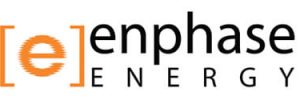What Size Solar System Do I Need? Calculate the Right System Size
To maximise the benefits of solar power, it’s crucial to select the right solar system size for your home. By determining your electricity usage and assessing your available roof space, we can help calculate the size system you need.
Short Summary
- Understand your electricity usage by analysing bills or smart meter data to determine the right size solar system for your home.
- Consider roof space and orientation requirements, as well as future energy needs when investing in a solar system.
- Factor in costs, incentives/rebates and feed-in tariffs to maximise savings on electricity bills.
Understanding Your Electricity Usage
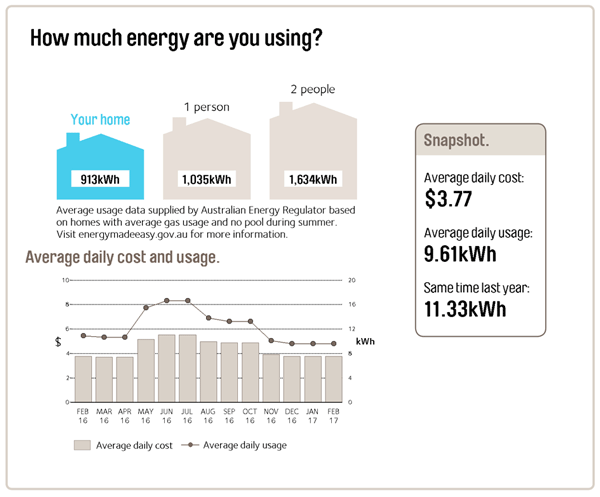
Before diving into the world of solar panels, it’s essential to understand your household’s electricity usage. Knowing how much electricity you use will help you determine the optimal solar system size for your home, maximizing energy production and cost savings.
So, how can you gauge your electricity usage? Two straightforward methods include analyzing your electricity bills and examining smart meter data.
Analyzing Electricity Bills
Your electricity bill is a treasure trove of information when it comes to understanding your energy usage. It typically contains details about the amount of electricity used, the rate charged, and the total cost of electricity.
By calculating your electricity usage in kilowatt-hours (kWh) from this data, you can determine the right solar system size for your home.
Smart Meter Data
Smart meters are digital devices that measure and record your home’s energy usage in real-time, providing valuable insight into your electricity consumption patterns. Accessing your smart meter data is as simple as using an online portal or app provided by your energy supplier or a smart meter display device to monitor energy usage in real time.
By analysing this data, you can determine your average energy usage and calculate the ideal solar system size for your home’s energy requirements.
Assessing Roof Space and Orientation
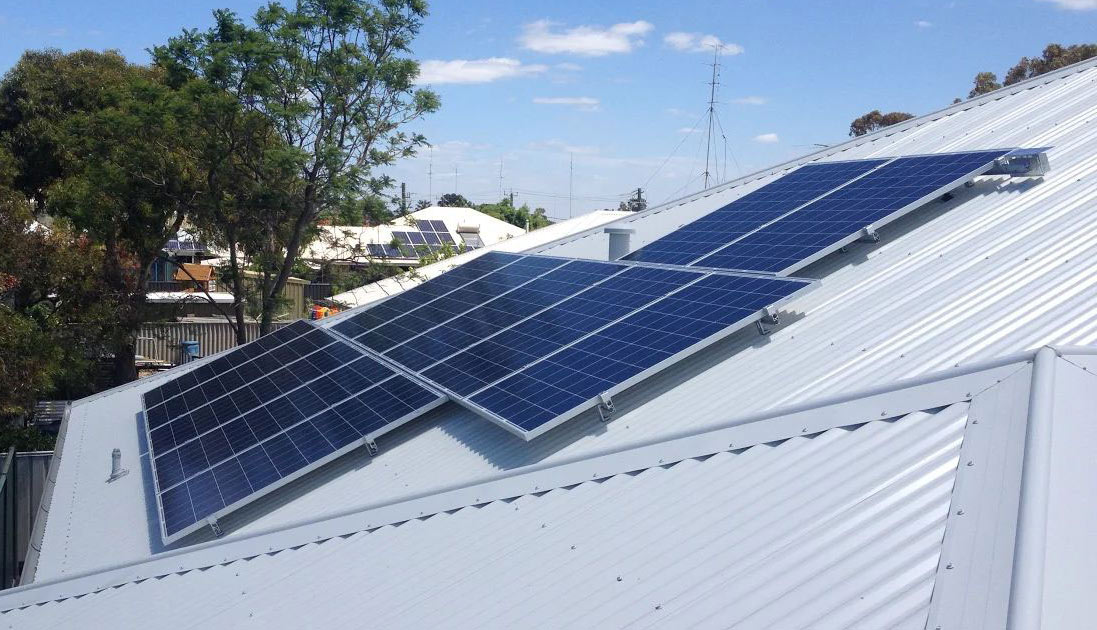
Once you’ve determined your electricity usage, it’s time to assess your roof space and orientation.
Roof Space Requirements
The roof space required for a size solar system depends on its size. For instance, an average 6kW solar system needs around 25.5m2 of roof space to accommodate the panels.
Formula: (6,000 W / 400W solar panels = 15 Panels) x 1.7 = 25.5m2
Each panel is 1m x 1.7m. So roof space required will be 1.7m2 x 15 panels = 25.5m2
To identify suitable roof sections for solar panel installation, you can use Google Maps or a compass. Roof sections facing north or west are generally ideal for solar panel installation.
Optimal Panel Orientation
The orientation of your solar panels significantly affects their energy production. North-facing panels are the most advantageous for energy generation, but northeast or north-west placements can also be effective. South-facing panels can produce approximately 70% of their rated power, making them a viable option only in certain situations.
Planning for Future Energy Needs
As you consider your solar system size, planning for potential future energy needs is essential. Your household’s electricity requirements may change over time due to factors like installing a pool or air conditioner, purchasing an electric vehicle, working from home, or welcoming a new family member.
Additionally, investing in battery storage is an important consideration when determining solar system size. Your solar system should generate enough energy to power your home and charge a battery if you choose to add one in the future.
Solar Battery Storage Considerations
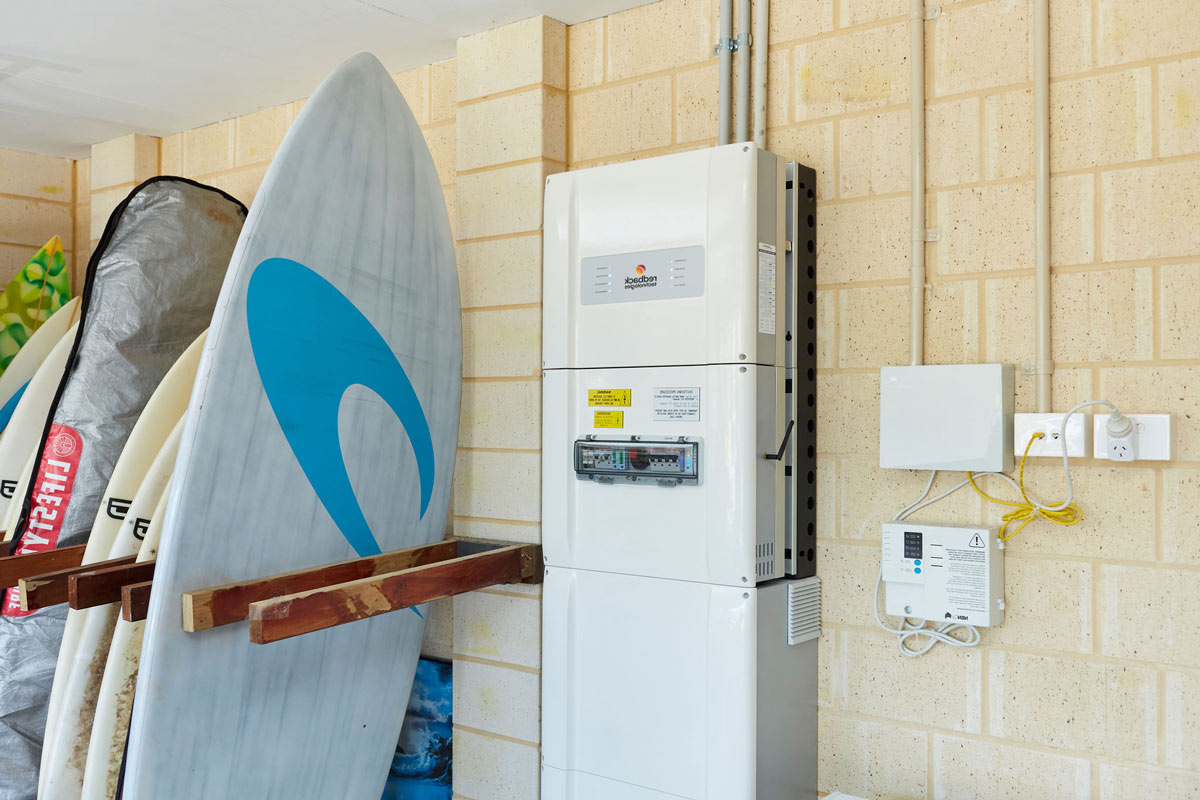
Solar battery storage allows you to preserve surplus solar electricity produced by your solar panels for later use. By harnessing solar power, this can increase your energy independence and reduce reliance on the electricity grid.
When determining the appropriate solar system size for your home, it’s important to consider the capacity and type of battery storage you may require. In this section, we’ll discuss battery storage capacity and the different types of batteries available for solar energy storage.
Battery Storage Capacity
The capacity of a battery storage unit is typically measured in kilowatt-hours (kWh) and indicates the amount of energy that can be discharged before it needs to be recharged. To determine your home’s appropriate battery storage capacity, consider your electricity usage, roof space and orientation, and potential future energy needs.
Additionally, factor in the cost of the battery and any available incentives or rebates when making your decision.
Battery Types and Technologies
Various battery types are available for solar energy storage, each with merits and drawbacks. Some common types include lead-acid, lithium-ion, and flow batteries. Lead-acid batteries are the most cost-effective option, but they have a shorter lifespan and require more maintenance.
Lithium-ion batteries are more expensive but boast a longer lifespan and lower maintenance requirements. Flow batteries are the most expensive choice but have the longest lifespan and least maintenance demands.
We recommend Australian-owned Redback solar batteries. They are lithium-ion and work seamlessly with all solar panels and inverters.
Financial Factors and Incentives
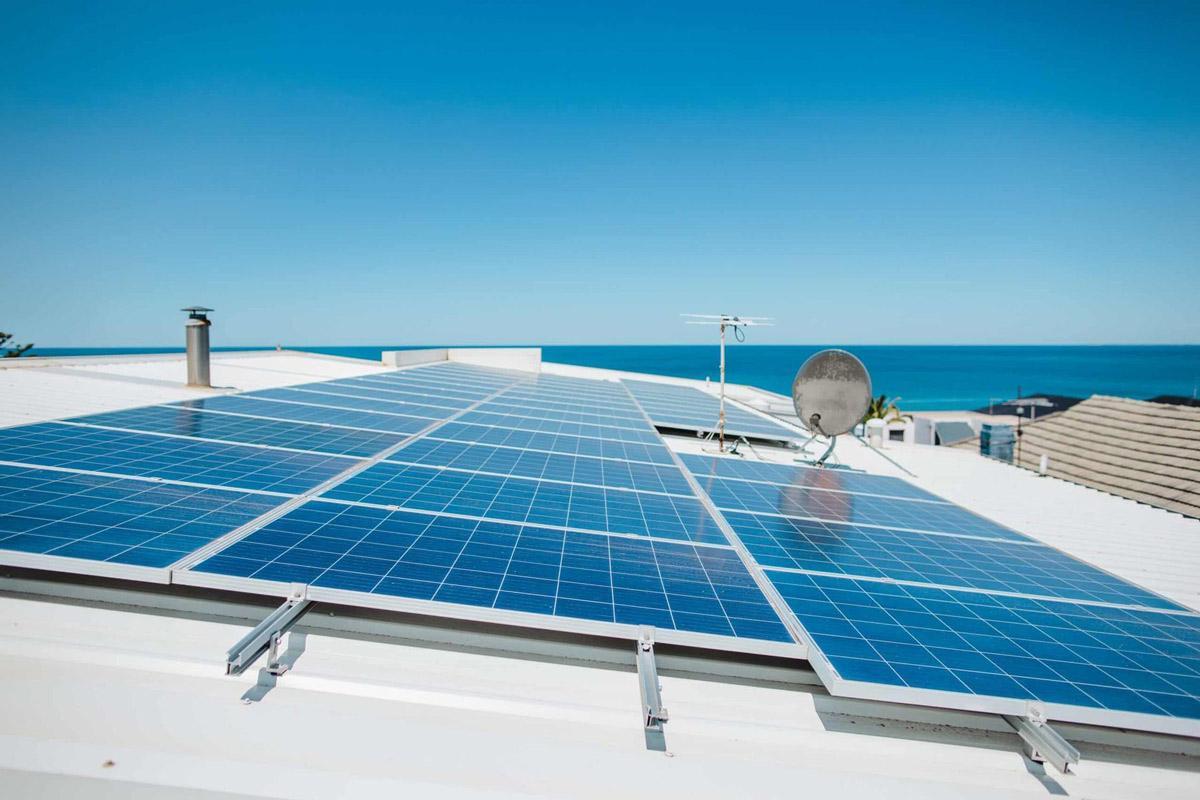
Budget is a crucial consideration when investing in a solar system. It’s vital to compare costs, take advantage of incentives and rebates, and consider feed-in tariffs when determining your home’s appropriate solar system size.
In this section, we’ll discuss solar system costs, incentives and rebates, and solar feed-in tariffs.
Solar System Costs
The cost of installing a standard rooftop solar PV system in Australia typically ranges from $3,000 to $12,000, depending on the location and size of the system. The estimated costs for residential solar systems range from $2,800 to $9,500.
The payback period for a solar system varies but is typically between 3-4 years. When selecting a solar system, consult a reputable and accredited solar supplier, like Central Coast Energy to recommend a solution suitable for your home and energy usage requirements while keeping your budget in mind.
STC Rebate program
The Small-scale technology certificate rebate program is a federal government incentive to help reduce the cost of installing solar panels. On the central coast, we are in Zone 3, which gives us a great rebate on solar.
The rebate is reduced yearly until it disappears in 2030, so the sooner you get solar, the more you save. In 2023, for a 6.6kW system, you will receive a rebate of $2,844. We make it easy for you by giving you this discount upfront and doing all the paperwork ourselves and claiming the rebate later from the Government. Easy!
Solar feed-in tariffs
Solar feed-in tariffs are payments provided to households for the electricity generated from their solar system and supplied to the grid. By sizing your solar PV system larger than necessary, you can generate additional energy, which can be exported to the grid and compensated through the feed-in tariff.
This can lead to greater savings on your electricity bill and a faster return on your solar system investment.
FAQ's
A 10kW solar system is most suitable for large homes or businesses with high electricity consumption. They generate 38 – 44kWh of power per day. The average home uses 22-24kWh, but if you have a pool, ducted air conditioning and a granny flat, it might be worth going for a bigger system. Over-sizing your solar system is also a great way to increase feed-in tariff rates and lower your power bill.
Yes, a 6.6kW solar system can power a house. This system size is ideal for families of up to 4 people and covers slightly more than the average electricity bill in these cases.
It is a great way to reduce electricity bills and become more energy efficient. Solar energy is a renewable source of energy and is becoming increasingly popular.
To determine your electricity usage, look at your electricity bills to understand how much energy you consume daily. Also, consider installing a smart meter to monitor your usage before deciding. Smart meters can provide detailed information about your energy consumption, allowing you to make informed decisions about reducing your energy usage and saving money.





